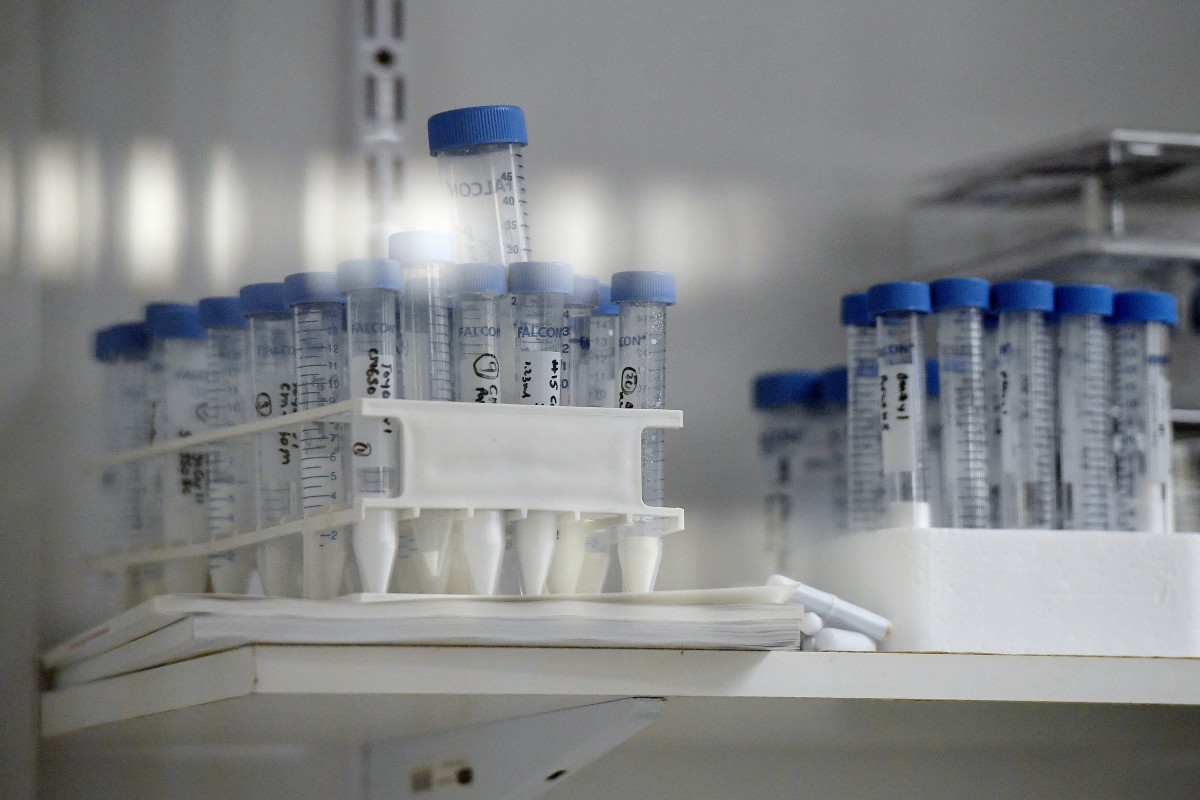While the Trump administration threatens to cut funding for school districts that don’t reopen in the fall, rural schools try to find the best way to move forward in the era of COVID-19 education.
When Meigs Middle School in Decatur, Tennessee, closed its doors for the spring break on March 17, many, including special education teacher Matthew Coe, did not know they would remain shut through the end of the school year.
“I did not realize it was our last goodbye,” said Coe, who has been a special education teacher for 15 years, seven of which have been at Meigs Middle. “It was hard for everyone.”
The closure compelled more than 30 teachers at Meigs Middle to scramble to modify their carefully crafted lesson plans to cater to the safety and health of their students.
Across the country, most k-12 schools shut in spring in an effort to curb the spread of the virus. The abrupt move worked well with other districts but was a complete disappointment for others.
In the days after the break, Coe said the school recommended that teachers create packets for students to pick up and drop off in lieu of in-person classes. These packets, pocket folders with sheets of instruction and homework inside, were left to the teachers’ discretion. It was an experiment that the school has never done before.
Because of the special needs of his students, Coe had to make individualized packets for each. Math, he said, to no surprise, was the most challenging.
He decided on a two-week interval for his students to complete the packets, requiring parents to drop them off each time. Coe made the first batch available for pick up on March 31, a Sunday, and due two Sundays later, on April 14.
“There were a lot of packets that came back more than we expected,” Coe said, who, along with his colleagues, thought about half the students would return the assignments. For his class of 10, he got everything back, though some came past the deadline.

But as weeks passed, the return rate dipped. Teachers, then, collaborated with parents in distributing these packets. The most convenient way: to incorporate these with the food drop off.
The food program was launched by the Tennessee Department of Human Services and the Tennessee Department of Education in response to school cancellations due to the pandemic. Meigs County Schools on its Facebook page said all students, regardless of income or need, are eligible to receive free food.
A bag, according to Coe, will usually contain non-perishables such as cereal and chips, as well as food usually served during school lunches, which include bread, pizza, chicken patties, fresh fruits and vegetables.
“It’s a small community,” Coe said. “Some parents requested if their packets could be delivered with the food.”
Getting the packets into the students’ hands was one thing, but getting them to understand the lessons was another. Coe found himself checking in with his students two to three times a week through their parents, depending on the need of the student.
All over the country, the forced shut down of many schools due to the coronavirus ultimately transformed the ways teachers teach and students learn. It has also challenged long-held views of the roles of parents, teachers and students in the education system.
The heavy reliance on remote learning, in particular, has magnified existing socioeconomic disparities in rural areas, from access to the internet and devices to the willingness and the capability of parents to steer learning at home.
“The internet is part of the whole issue of rebuilding schools for the 21st century,” Oleta Fitzgerald, director of the Children’s Defense Fund-Southern Regional Office. Oleta added that the pandemic has highlighted the inequalities many students face, hurting those who are more financially strapped.
According to the latest report of the Federal Communications Commission, 21 million Americans lacked broadband internet. The research group Broadband estimates the number to be closer to 42 million.
Fitzgerald, who is also the regional administrator for the Southern Rural Black Women’s Initiative (SRBWI) for Economic & Social Justice, said a report that the group released in 2016 highlighted how the lack of strong public infrastructure, including broadband access, exacerbates poverty and economic vulnerability in rural areas.
“We have been struggling and trying to advance quality education through increasing resources, particularly the internet,” said Fitzgerald. “School structures are just horrible in rural communities.”
Much of the problem comes down to funding, says Mary Filardo, executive director and founder of the 21st Century School Fund and coordinator of the National Council on School Facilities. According to Filardo, states that have specific programs generally have more equitable school conditions.
“Poor rural areas have fewer options than poor urban areas for raising revenues,” Filardo said. “They tend to really suffer enormously.”
In the past weeks, Filardo has been in weekly conversations with state directors and district officials on the operational aspects involved in reopening schools.
On July 2 many educators celebrated the House of Representatives’ passage of the Reopen and Rebuild America’s Schools Act, a $130 billion package for school upgrades and repairs that is part of a broad $1.5 trillion infrastructure package called the Moving Forward Act.
The bill will have trouble in the Senate, however. Majority Leader Mitch McConnell, R-Kentucky, called it “absurd” and “only drawn up to show fealty to the radical left.”
The upgrades include expanding schools’ access to reliable and high-speed internet necessary for digital learning in all parts of the country. The $100 billion investment, which prioritizes communities in persistent poverty, aims to provide students with digital equipment and affordable broadband options, including equipping school buses with a reliable Wi-Fi connection.
“When pandemic started, most of the kids [at Meigs Middle School] didn’t have access to the internet,” Coe said. “But the school has taken steps to address it this year.”
Despite this, schools are faced with a fall semester fast approaching alongside a pandemic that continues to rage—now surpassing 3 million cases in the U.S., about a quarter of the world’s total. With the Centers for Disease Control and Prevention yet to announce new guidelines for school reopening, many schools are forced to plan for both a potential in-person set-up for their students and a more robust online programs, if COVID-19 continues to spread.
President Trump on July 7 demanded schools physically reopen in the coming fall semester. Trump has said the social, psychological and educational costs of keeping children at home any longer are much worse than catching the virus. The president has also threatened to cut off federal funding for school districts that do not hold in-person classes this fall semester.
On the same day, Tennessee Governor Bill Lee and the Financial Stimulus Accountability Group announced $81 million in Coronavirus Aid, Relief and Economic Security (CARES) funding for k-12 schools and higher education institutions to assist with plans for safe reopening.
“Reopening our schools, colleges, and universities is a key priority and grant funding ensures institutions can make proper accommodations to keep educators and students safe as we continue to fight COVID-19,” said the governor in a press release. “This first wave of funding provides for technology and distance learning supports as well as measures to improve social distancing.”
Education Secretary Betsy DeVos on July 12 admitted that the Trump administration still has no plan for the safe and secure return of students this fall. DeVos drew backlash as she seemingly downplayed the risks of the virus.
Teachers like Coe have some reservations about in-person classes. Coe said the mother of one of his students told him her child would not wear a mask—a key concern if students return to the classroom. The same student, however, has been highly motivated with digital learning, and Coe considers him to be successfully assimilated with the new strategy.
Over the July 11-12 weekend, the U.S. reported more than 100,000 new cases, with seven states setting their new daily records for new infections.
Meigs County, with only 12,500 residents, is one of the smallest in Tennessee. The county has only had 38 confirmed cases of coronavirus and no deaths as of publishing.
Yet, school officials are still grappling with how to move forward with the coming school year, which starts on August 10.
For now, teachers in Meigs Middle School are scouring the web, looking for programs to supplement their teaching. Some have tried recording themselves reading the lessons while others have tried looking for applications that read scanned text aloud. Coe said his students will not be able to read the novels assigned to them on their own. But he remains hopeful things will work out.
“It is hard to find apps that are free,” he added.
This article was originally published by The Daily Yonder.



